This past week, as a member of the Toward Equitable Electric Mobility (TEEM) Illinois cohort, I had the pleasure of attending TEEM’s first in-person annual convening and Forth’s Roadmap Conference in Portland, Oregon.
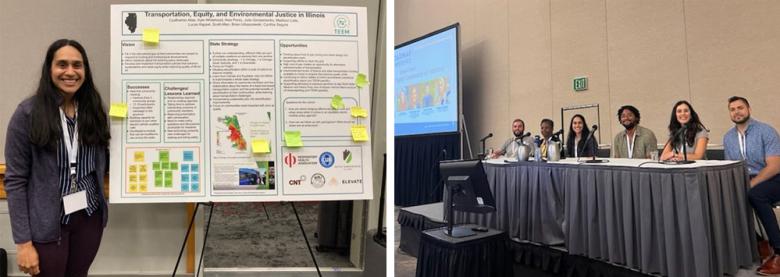
The electric vehicle sector is revved up and eager to expand in the face of the capital to be made and legacies to build, while simultaneously acting in response to climate change. Forth’s Roadmap Conference refocuses the lens, uplifting processes, projects, and thoughts on how to ensure that every facet of the electric vehicle movement is infused with equity. Conference speakers echoed one another that innovation driven by marginalized communities’ needs are required to transform our futures, in order to not repeat the oppressive pasts that have resulted in climate change.
We must slow down (Rev. Lennox Yearwood Jr., Hip Hop Caucus and Harriet Tregoning, New Urban Mobility Alliance) in order to:
1. Reframe innovation (Monique López, Pueblo Planning)
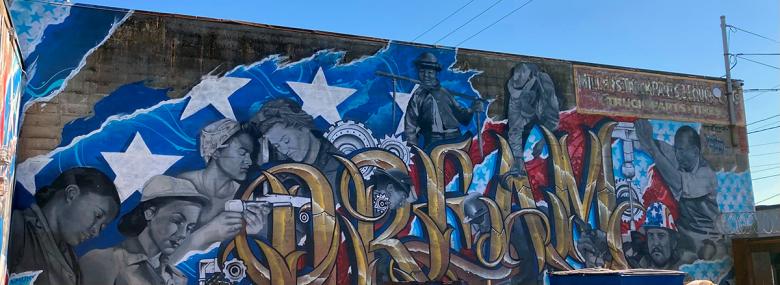
U.S. culture thrives on innovation, often at a quick pace without paying attention to communities most marginalized. This in-person convening and conference reiterated that a co-created process is as worthy as the product itself because it challenges who has the power to create and change the world. As technical practitioners we must enter the work with humility to fully immerse ourselves in the genius of community (Monique López). Marginalized communities have years of experience and have developed multiple ways to be sustainable because they have needed to depend on those principles to survive and thrive in the conditions of systemic oppression (Mimi Wahid, Greenlining Institute).
Some non-negotiables of equity-grounded innovation are:
- Be inclusive of all, centering those who are currently marginalized.
- Think expansively on the purpose and impact of solutions, avoid tunnel vision.
- Remove the negative impacts, do not shift who is burdened by the consequences.

Plenary panel on Electric Vehicles, Compact Cities, or Both? Beyond the False Debate including Moderator Jeff Allen, Forth; Harriet Tregoning; Monique López; and Erika Myers, CharIN North America.
2. Expand the Solution
During the TEEM annual convening, we participated in a caucus activity split up by environmental organizations and community-based organizations. Through those conversations, we reflected on how well-funded environmental organizations look to focus on a solo issue during campaign work with communities, when in fact community organizers desire a holistic approach.
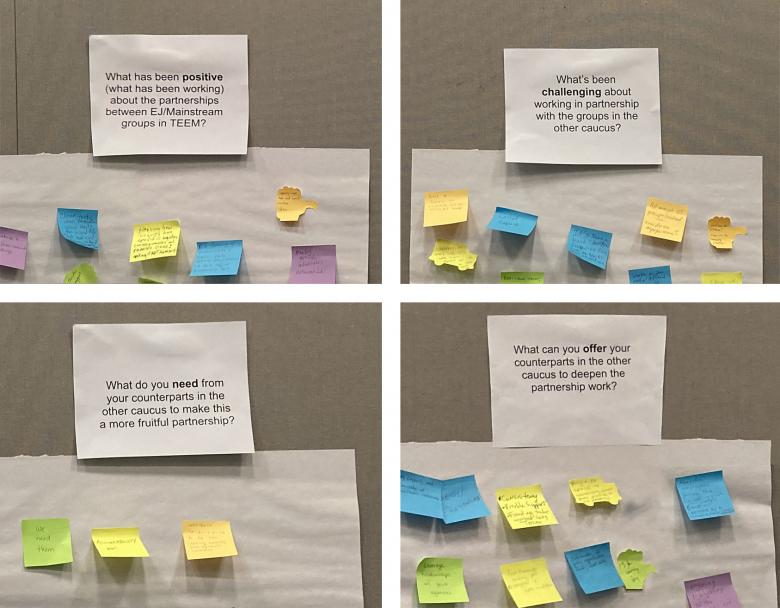
Marginalized communities face several issues at once. Often when we seek to fix just one solution, it can lead to worsening of another. For example, green gentrification often occurs after implementation of charging infrastructure or bike lanes, leading to displacement if housing protections are not considered a part of the solution. Technical practitioners and policy makers need to ask questions to avoid binary choices and explore solutions for multiple opportunities (Monique López and Minna Toloui, Racial Equity Consultant). This requires working across siloes of sectors, governmental agencies, and organizational purposes.
Additionally, power to create multi-faceted solutions is generated when incorporating multiple data sources: qualitative, deep engagements with communities and birds’ eye view quantitative context to provide meaningful context and metrics for changes (Monica Esparanza, Virginia Environmental Justice Collaborative and Ricky Ackerman, East Side Community Network).
3. Rearrange Power
To avoid repeating the extractive character of the fossil fuel industry (Jennifer Krill, Earthworks), power needs to be rearranged and distributed. This can happen in a plethora of ways. Pilots can be implemented with disinvested communities to center their experience in the solution while gathering more support long-term as the technologies improve (Adrian Gomez, Greenlining Institute). Do not depend on market-based solutions because the market was built on a foundation of slavery and colonialism (Mimi Wahid).
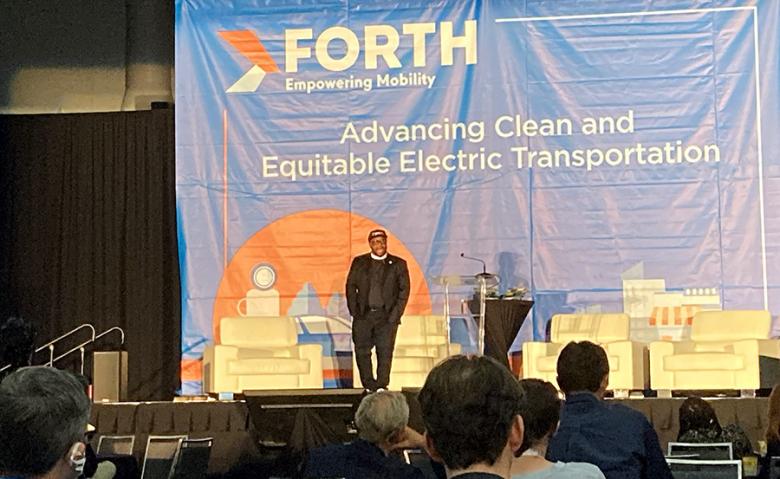
As a technical practitioner, one needs to know when to say no and not participate, while holding partners accountable. Not providing support to problematic approaches is an important tool when partners are not willing to align to community needs, desires, or processes (Terea Macomber, GRID Alternatives). Accountability looks like changing the capacity of power holders to create improved, responsive systems for communities by removing the hula hoops of requirements. At the same time, we must simultaneously provide capacity to community-based organizations to navigate through the current hoops until systems change (TEEM Annual Convening).
Rearranging power is paramount because all of our futures are tied together; if we decide to move ahead without the power and blessing of community, our solution will not stand up to naysayers (Rev Lennox Yearwood Jr.).
Environmental practitioners and companies are told to move urgently because climate change is happening and so any action to reduce greenhouse gas emissions feels good enough. On the other hand, governments and companies seek perfection when it comes to working with communities for fear of making mistakes or being vulnerable, becoming frozen in fear. The equitable mobility movement -- whether tackling electric vehicle projects, compact city projects, or other projects -- must not get stuck in this binary of act now or freeze. As we innovate, we must iterate transparently, going back and forth with communities and technical and political professionals. We must hold our peers accountable, sharing experiences of equity-infused work while challenging false or lack of attempts at equity, to take steps towards a different and just future.


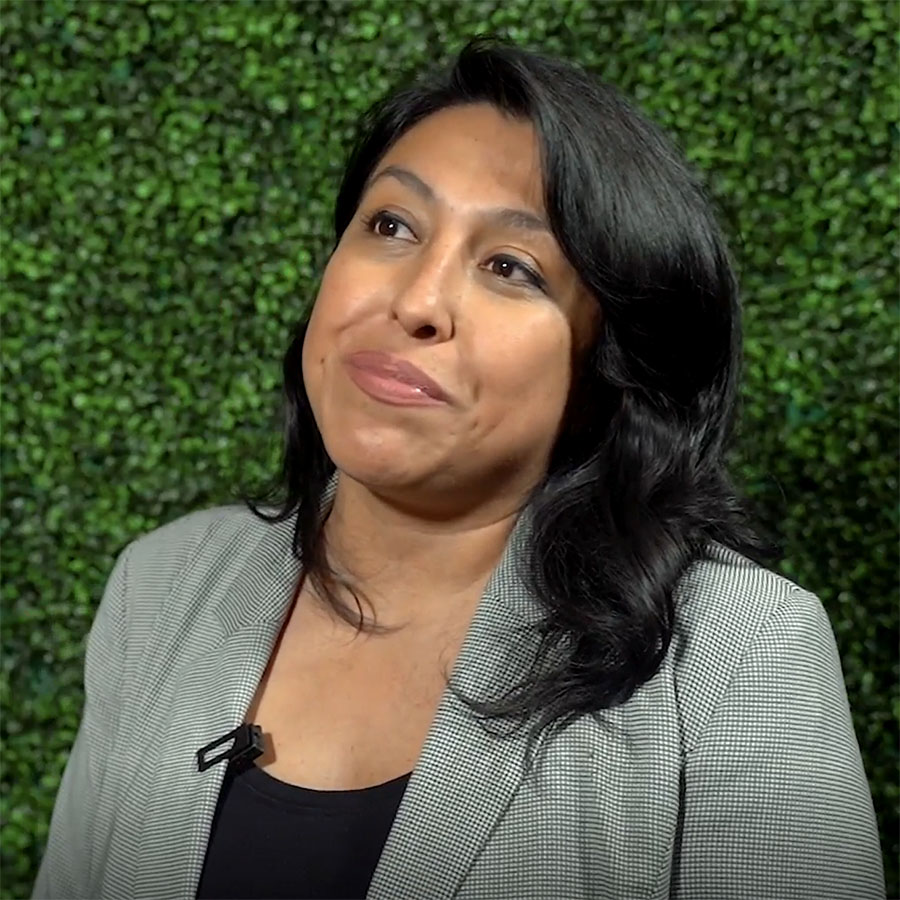
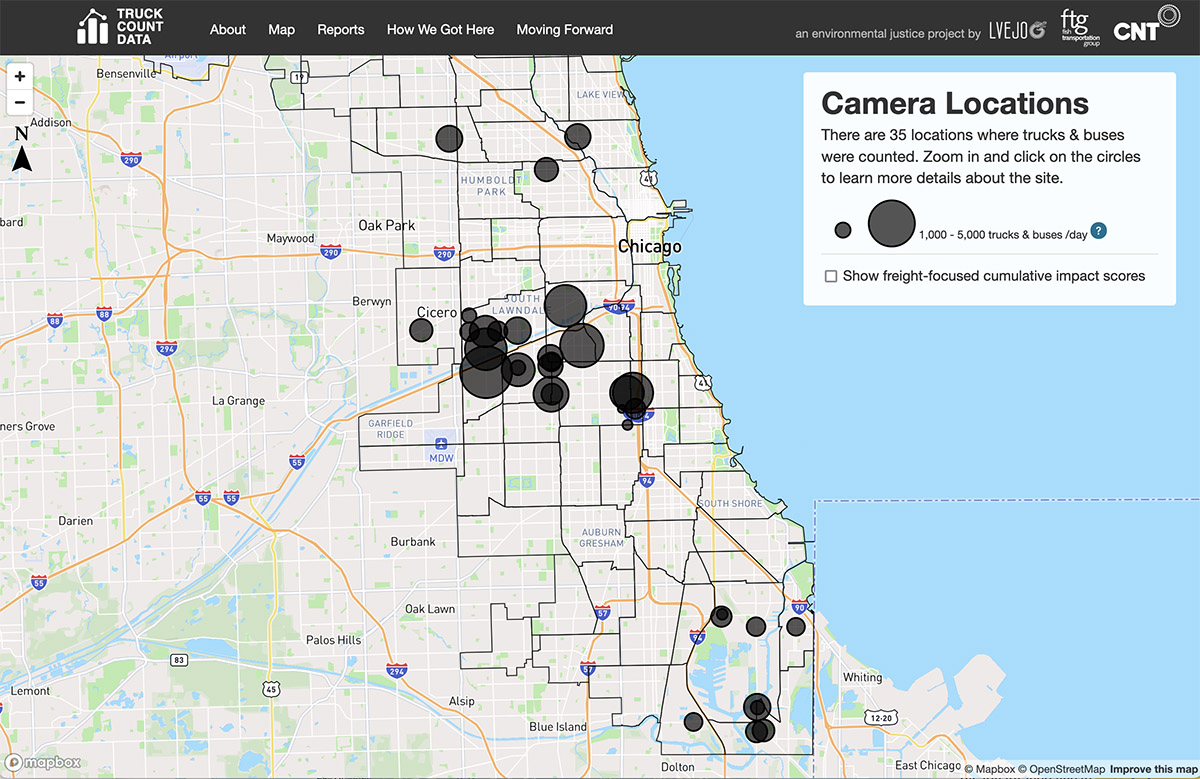

 Strengthening Transit Through Community Partnerships
Strengthening Transit Through Community Partnerships